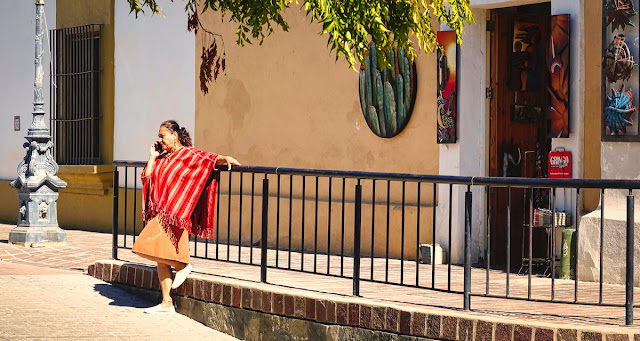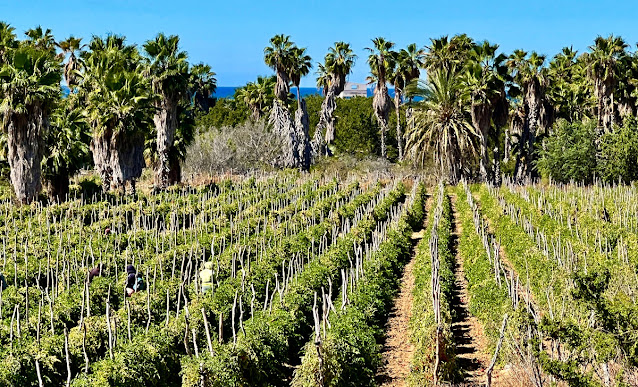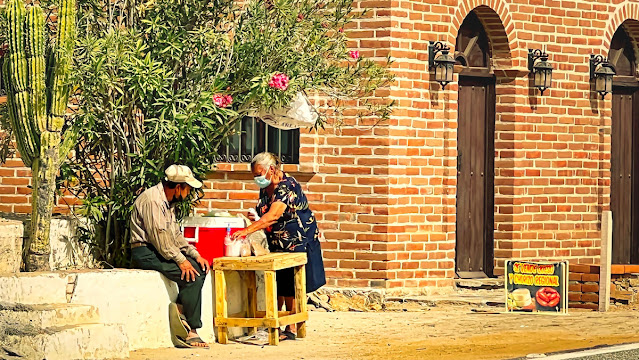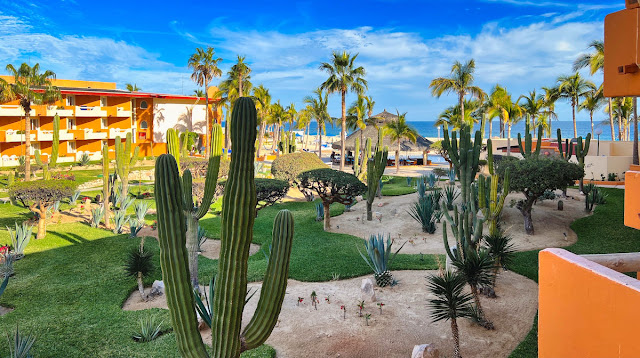The San Ignacio Lagoon is Latin America's largest protected wildlife sanctuary: for the Great Grey Whales and sea turtles. The whales come here and to one other lagoon in Mexico for the breeding, birthing and nursery grounds before they once again follow the Pacific Coast heading north to the Arctic feeding grounds.
Taken from Wikipedia:
In 1988 Mexico established the El Vizcaíno Biosphere Reserve to include San Ignacio Lagoon, which is Latin America's largest wildlife sanctuary. Not only is San Ignacio lagoon a gray whale sanctuary, but it is one of only two undeveloped nursery and breeding ground in the world of the Pacific gray whale. The other is just 4 hours away in Magdalena Bay. San Ignacio lagoon is an important feeding habitat for four of the worlds seven species of sea turtles: leatherbacks, hawksbills, green turtles and olive ridleys (all endangered). In 1993 the United Nations declared San Ignacio lagoon a World Heritage site because of its importance to the world community.
For reasons no one quite understands, the Great Grey Whales are very friendly toward humans, often approaching boats, wanting to be petted and stroked. The mouth of the lagoon is the few places where humans are permitted touch the whales as the whales are as curious about humans as we are about them.
Some think the mouth of the lagoon is where the mother whales introduces their calves socially to the larger whale community. Since the young are still learning which are whales and which are boats may explain their ease in approaching humans in boats.
The boats that can enter the lagoon are quite small, holding up to ten persons, so you are riding low in the water making it easy to reach out and pet them.
Our group of eight booked a whale tour, which is best if done early in the morning before the winds pick up. By 7:30 we were riding in a van the forty miles out to the lagoon. What follows now are the photos I was able to capture of our experience. They do not do justice to the actual experience. I can only highly, VERY HIGLY recommend that if you ever have the opportunity to visit San Ignacio, BCS in February or March, go on the whale tour. It is an amazing hands on experience.
We were told that the most recent survey counted 168 whales in the lagoon.
The sun bleached bones on the beach give you a rough idea of the size of this mammal you are wanting to play with.
Well, that's the boat you will going out in...
hmmmm... sure looking smaller than the skeleton on the beach.
As we reach the mouth of the lagoon, a whale surfaces and blows... near another boat.
They are definitely larger than our boats.
The whale get closer to their boat to check them out.
Of course everyone on board has to gather on one side to better see, causing the boat to tip that way...
As he surfaces and rolls over to show his belly, another whale breeches in the background causing the large white splash you can see in the distance. They are playful today.
Then he surfaces near us, just out of reach, still checking us out.
a little closer now..
Satisfied we mean no harm, it approaches the boat and allows us to pet it, scratch its skin like a dog likes to be scratched. You can see the bristly baleen in its open mouth used for catching its dinner. Baleen is made of keratin, the same protein as our fingernails and hair.
One gets near enough that I can pet it too, feel the soft flesh yet tough skin. I wonder if the number of barnacles the whale has on its skin is an indication of its age? Barnacles are quite hard with sharp edges and do not peel off for us.
In all a half dozen different whales came and played with us, in, around and under our boat. Many coming up close so we could pet them.
One juvenile whale wanted to play with us like we were a beach ball.
He (?) ended up pushing on the bow of our boat, moving us backwards a good fifty feet.
A memorable experience.
Ride safe, ride far my friends
CCjon





















































